Entries tagged as bus
almaty alps asia asia2013 berlin border china coach erlian kazakhstan khorgas koktobe moscow mountains petropavl shymbulak snow train transsiberian travel warsaw yining amusementpark aviation azerbaijan baikal beijing belarus capsulehotel caspian ccp censorship childrensday chinghai cinderella climatechange copyright dam disney disneyland dunhuang ecology erenhot fake ferry flying freesoftware greatfirewall guangzhou haikou hainan hohhot hongkong hostel hotel irkutsk journey kualalumpur language laos lenin listwjanka malaysia metro miradormansion mongolia poland portbaikal publictransport pyramid qwerty rain rainforest russia sanya seat61 shijingshan stepmania suprememaster terracottawarriors thailand tiananmen ticket tram transport transsib travelling trip2011 typhoon ulaanbaatar ulan-ude ulanude urumqi vegan vegetarian visa waterpower weather windenergy xian xinjiang yanoda yekaterinburg zamyn-uud zensur arcade architecture astana baiterek boluo boten casino coffee computerhistory copycat ghosttown hallstatt huizhou khanshatyry luoyang magistral migrationcard migrationpolice museum northwestchina retro retrogames tankodrom 129a 1mai 23c3 24c3 27c3 a100 abgeordnetenhaus akongress akw allianz anarchiekongress antiatom atheismus atomkraft autobahn bahnhof belene bild brandenburg bundestagunited buskampagne bz ccc cellular compiz creativecommons dataretention datenschutz demonstration dose elephantsdream energie energietisch energiewende freeculture freedomnotfear freifunk freiheitstattangst frequencies frequency fsfe gott gsm informationsfreiheit itu jugendumweltbewegung jukss kamera kameraüberwachung kernkraft klima klimaschutz klimawandel kohle kohlekraft kongress königswusterhausen kyoto lessig linux mcplanet mobilephones moleculeman musik ökologie ökostrom openbsc openbts openstreetmap osm osmocombb papst peterschaar piratenpartei polizeigewalt preise privacy privatsphäre ratzinger re-publica re-publica09 religion rp09 rwe science security sony springer strom stromnetz tagebaue taz theory thermen topberlin treptow tuberlin überwachung ubuntu umwelt umweltschutz unserwasser urgewald verkehr videoüberwachung volksbegehren vorratsdatenspeicherung wahl wasser wg wiki windowsxp wiretapping wirklimaretter wos wos4 youtube zimmer babelfish chinese english freizeitpark googletranslate journalismus mandarin presse pressefreiheit russian tagesschau translation universaltranslator environment mappus police policeviolence protest rech s21 schuster stuttgart stuttgart21 traffic crookedforest forest gryfino nature places
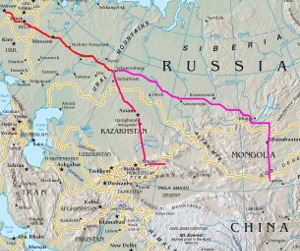 The well-known way of getting from Europe to China overland is the transsiberian railway. However, I noted that the route through Kazakhstan I took is the quickest way to get to China by train and bus. I thought I'd write that up:
The well-known way of getting from Europe to China overland is the transsiberian railway. However, I noted that the route through Kazakhstan I took is the quickest way to get to China by train and bus. I thought I'd write that up: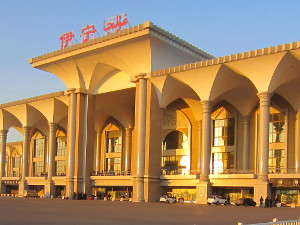
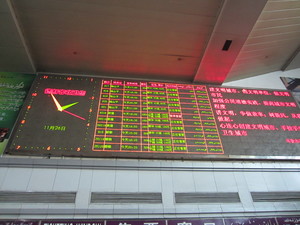
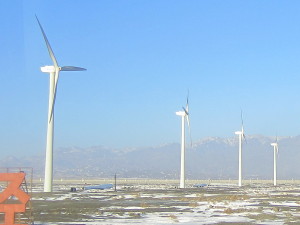
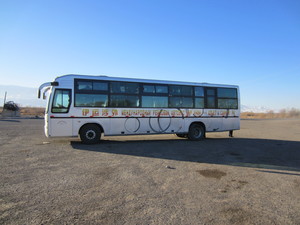
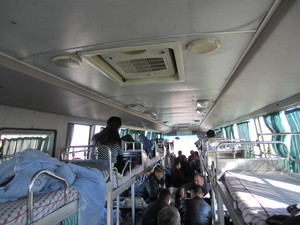
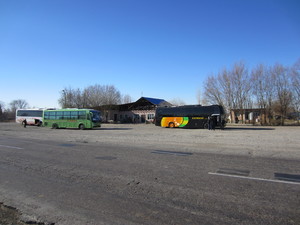
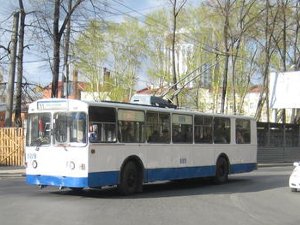 All russian cities we visited had a very well working public transport system. It consists of metros, trams, busses, trolleybusses and minibusses.
All russian cities we visited had a very well working public transport system. It consists of metros, trams, busses, trolleybusses and minibusses.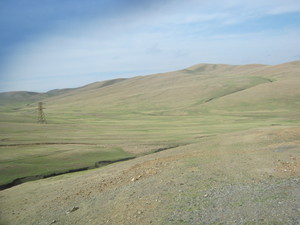 Ulan-Ude (Улан-Удэ) was our last stop in Russia, afterwards we took the bus to Ulaanbaatar (Улаанбаатар), the capital of Mongolia.
Ulan-Ude (Улан-Удэ) was our last stop in Russia, afterwards we took the bus to Ulaanbaatar (Улаанбаатар), the capital of Mongolia.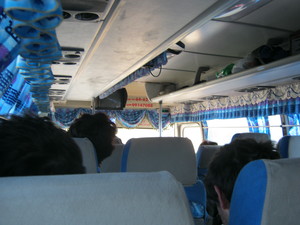 Right at the border, we already noticed that in Mongolia, english was much more common than in Russia. Unlike on the russian side, some of the mongolian border officers were able to speak english. After the border, we stopped at a restaurant for a while.
Right at the border, we already noticed that in Mongolia, english was much more common than in Russia. Unlike on the russian side, some of the mongolian border officers were able to speak english. After the border, we stopped at a restaurant for a while.